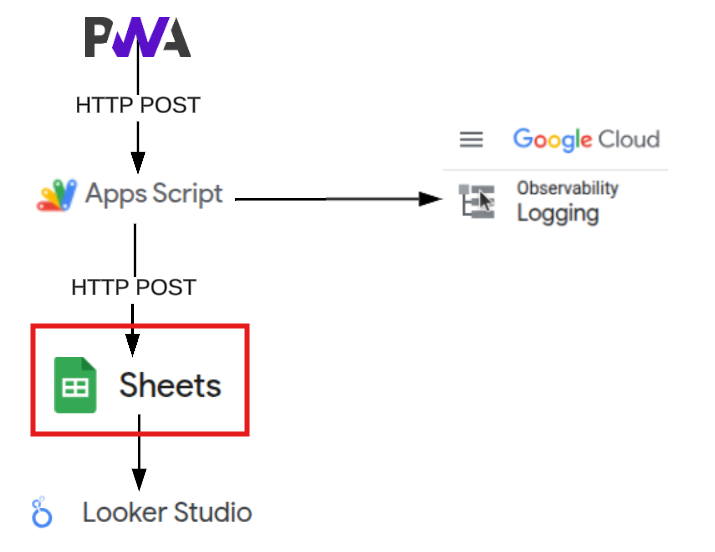Posted August 07, 2025

The Google Sheet serves as both your database and data validation layer. The schema is designed for maximum flexibility while maintaining data simplicity.
This spreadsheet can contain whatever you wish, but I suggest starting with a three-tier Categorization System:
This hierarchical structure provides multiple reporting dimensions while keeping data entry simple and consistent.
This is the system that will be used throughout this set of tutorials.
This is managed using the following fields:
Notes - The field provided free-form text for qualitative insights and context
This structure balances granularity with usability. Most time tracking fails because it’s either too simple (losing important context) or too complex (creating entry friction).
For a personal system, three levels provides enough detail for meaningful analysis without overwhelming the user.
Minutes give precise tracking for short activities, while conversion to a decimal representation of the hours enables clean aggregation in reports and charts.
Looker Studio can easily sum 0.25 + 0.50 + 0.75 hours making it easier to demonstrate hours per category in aggregate reporting.
This field provides qualitative data - which will transform and enhance the raw time logs enriching insight. Notes can capture context that numbers can’t - mood, obstacles, breakthroughs, or environmental factors affecting productivity.
Filling in the data using data entry via google sheets is child’s play:
ctrl + ; will set the current datectrl + shift + : will set the current time=C[row]-B[row] can be used for Duration=( HOUR(D[row])*3600 + MINUTE(D[row])*60 + SECOND(D[row]) ) / 3600<br /> can be used for Duration in HoursAfter a week or so of tracking data, your data set will take shape.
At this point, you can elect to set data validation rules via sheets.
For my own personal project, I removed data validation at this point, as I wanted to enable faster/easier change management.
This schema scales easily as tracking habits evolve.
The tool is responsive to change management and works on simple data sets with built in tools like filter, find, replace.
Google sheets allows you to collects data in a way that supports both quick daily logs, but will also provide detailed project analysis over longer periods of time.